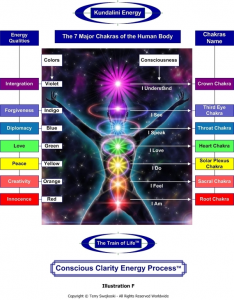 When your life aligns with your purpose for being here, you will actually believe it, and your ego will fully merge with your soul to fulfill your Highest Self potential. At this point of Soul Merge, you will “feel” Source Energy guiding every action you take.
When your life aligns with your purpose for being here, you will actually believe it, and your ego will fully merge with your soul to fulfill your Highest Self potential. At this point of Soul Merge, you will “feel” Source Energy guiding every action you take.
Discovering your purpose for being here is an aha moment like no other. You will “feel it” at the very core of your Being. At this point of harmony with the cosmic power of the universe, nothing can hold you back, and your focus will be uniquely molded to serving all Beings.
If you are tired of “playing small”, you can make a choice right now to step into your greatness. No one can choose for you, but you must be ready to fulfill your destiny for the paradigm shift to manifest. Age does not matter; you can step into a more profound awareness of yourself at any moment.
The Conscious Clarity Center was conceived based on the philosophy of transformation and has been aligned with the founder’s cosmic vision for increasing global consciousness since its inception. If you feel unsure of your purpose, call us, and we will assist you in answering the questions that have been holding you back until now.
Are you ready to Consciously Embrace Your True Personality?
Call: 231-943-2623






